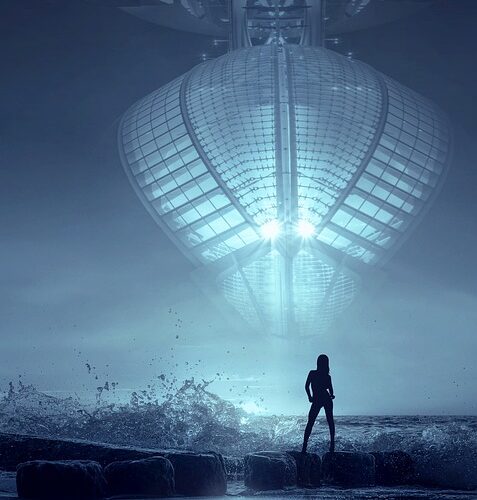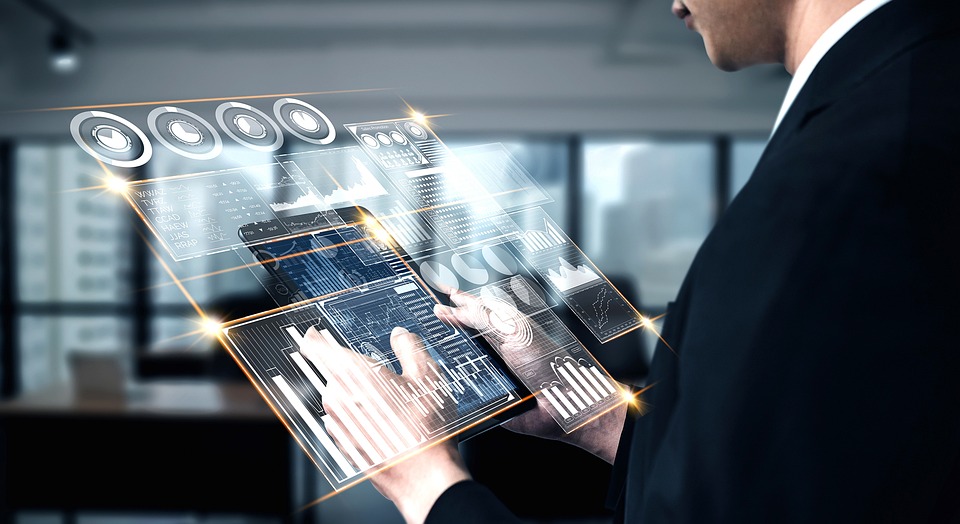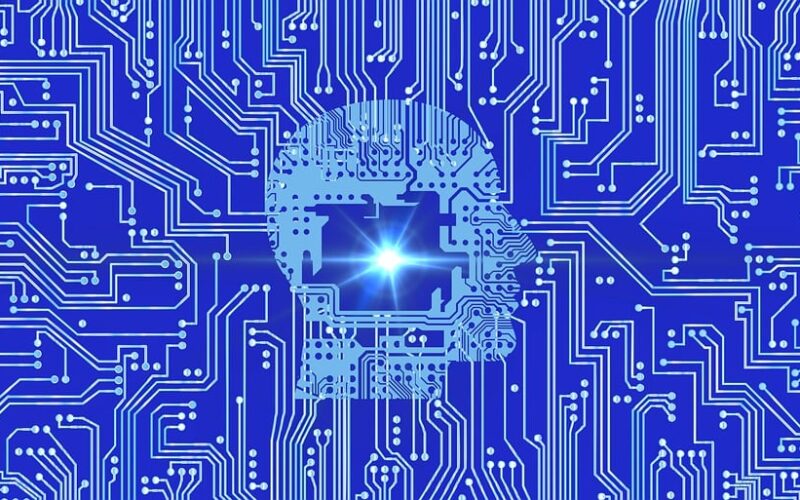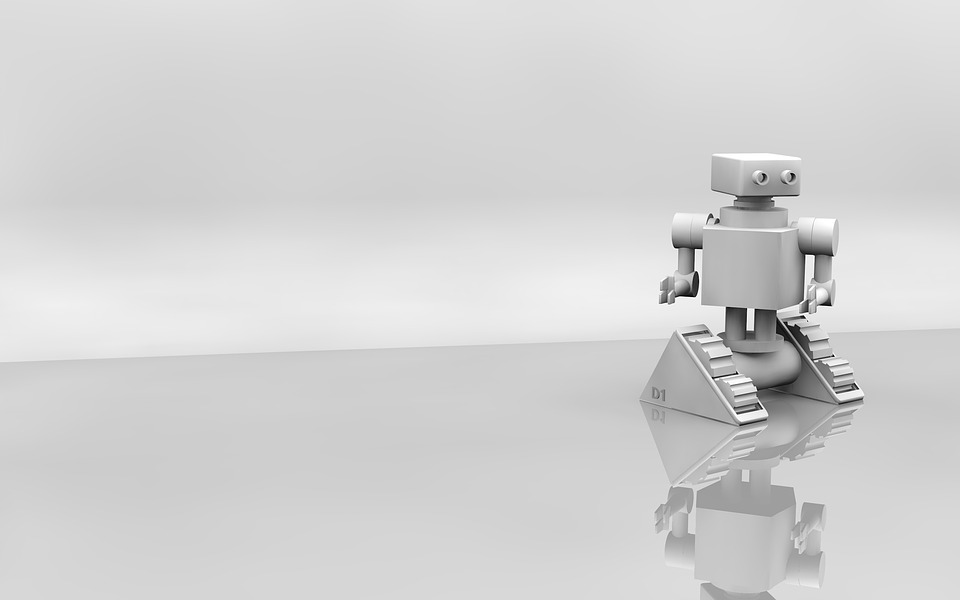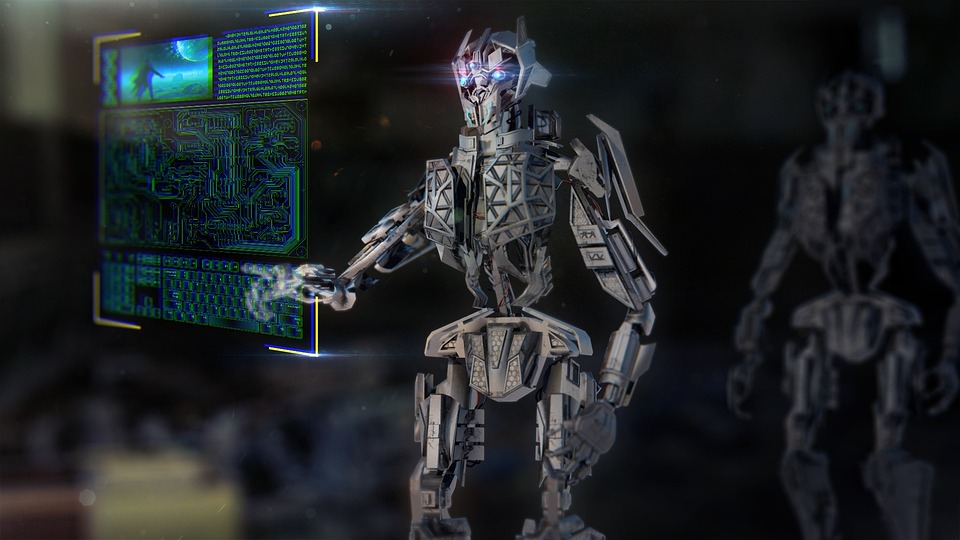Artificial intelligence (AI) has been making waves in the art world, revolutionizing the way we create and experience art. Through the power of algorithms, AI has the ability to analyze vast amounts of data, learn patterns, and generate creative outputs that are both innovative and thought-provoking. AI art, also known as computational creativity, has been gaining popularity in recent years as artists and technologists explore the potentials of this emerging field.
Unleashing the Power of Algorithms in AI Art
Algorithms are the heart of AI art, serving as the backbone that powers the creative process. By programming algorithms to learn from existing art and generate new pieces, artists can push the boundaries of traditional art forms and delve into new realms of creativity. With the ability to process data at lightning speeds, algorithms can analyze complex patterns, textures, and colors in a way that surpasses human capabilities. This allows artists to experiment with new styles, techniques, and forms of expression that would be nearly impossible to achieve manually.
One of the most exciting aspects of AI art is its ability to create truly original pieces that challenge our perceptions of creativity and authorship. By relinquishing some control to the algorithm, artists can collaborate with machines in a way that blurs the boundaries between human and machine-generated art. This symbiotic relationship between artists and algorithms opens up a world of possibilities for exploring new artistic territories and pushing the boundaries of what art can be.
AI art is also democratizing the art world, making it more accessible to a wider audience. With the rise of digital art platforms and social media, artists can showcase their AI-generated works to a global audience, breaking down the barriers of traditional art galleries and museums. This democratization of art allows for greater diversity and inclusivity in the art world, providing a platform for emerging artists and underrepresented voices to shine.
FAQs
Q: How do algorithms work in AI art?
A: Algorithms in AI art are programmed to analyze existing art, learn patterns, and generate new creative outputs. By processing vast amounts of data, algorithms can explore new styles, techniques, and forms of expression that would be difficult to achieve manually.
Q: Can AI really be creative?
A: While AI may not possess the same emotional depth or intentionality as humans, it can certainly generate creative outputs that challenge our perceptions of creativity. By collaborating with algorithms, artists can push the boundaries of traditional art forms and explore new realms of expression.
Q: Is AI art a threat to human creativity?
A: AI art is not a threat to human creativity, but rather a tool that can enhance and inspire new forms of expression. By collaborating with algorithms, artists can tap into new sources of inspiration and push the boundaries of what art can be.
Q: What is the future of AI art?
A: The future of AI art holds endless possibilities, from exploring new artistic styles and techniques to challenging our perceptions of creativity and authorship. As technology continues to evolve, AI art will likely play an increasingly prominent role in the art world, shaping the way we create and experience art for years to come.
In conclusion, AI art is a groundbreaking field that is unleashing the power of algorithms to push the boundaries of creativity. By collaborating with machines, artists can explore new realms of expression and challenge our perceptions of what art can be. With the ability to process complex patterns, textures, and colors at lightning speeds, algorithms are revolutionizing the way we create and experience art. As technology continues to evolve, AI art will likely play an increasingly prominent role in the art world, shaping the future of art for years to come.




